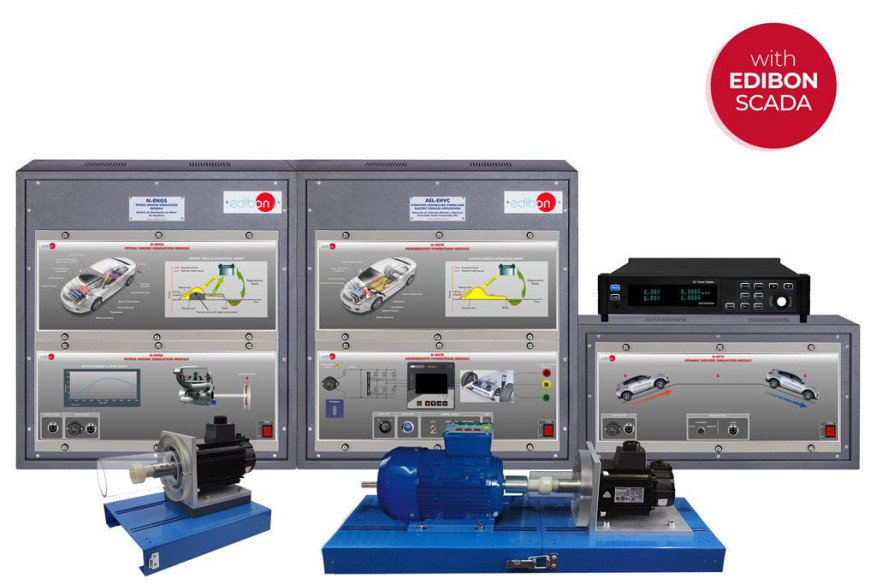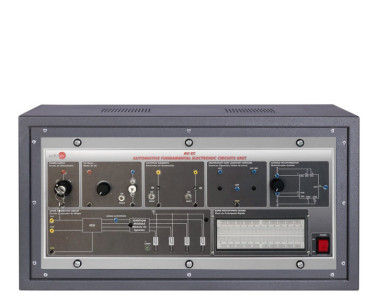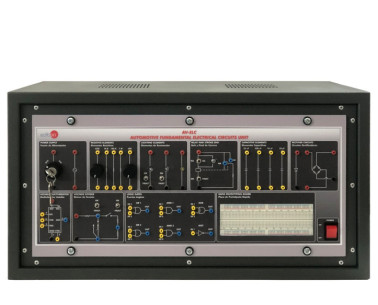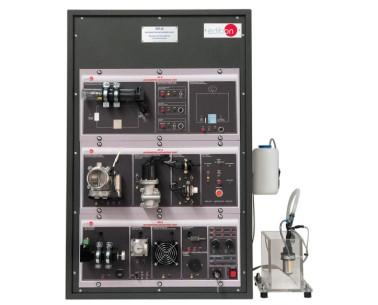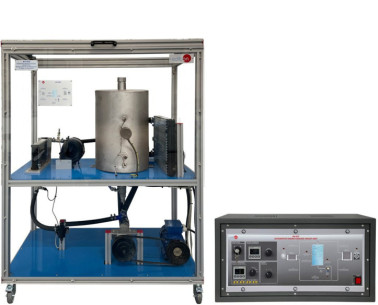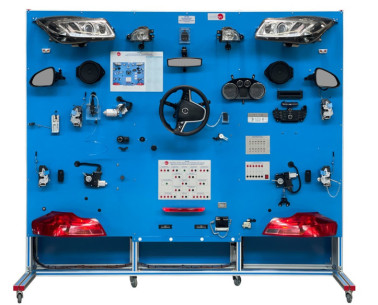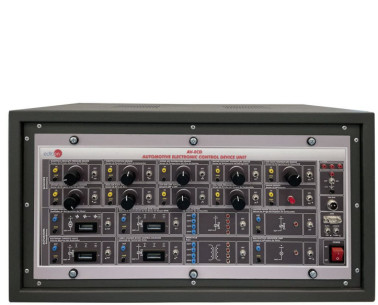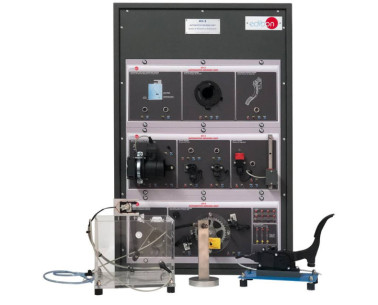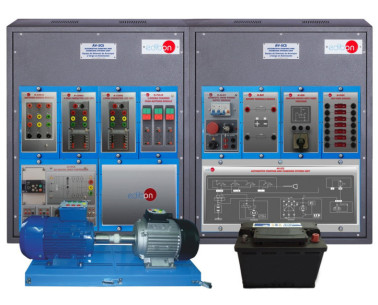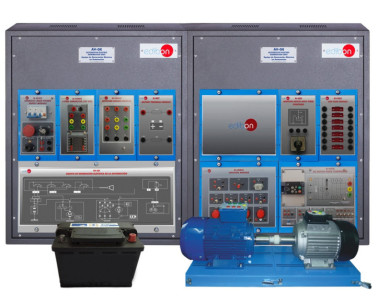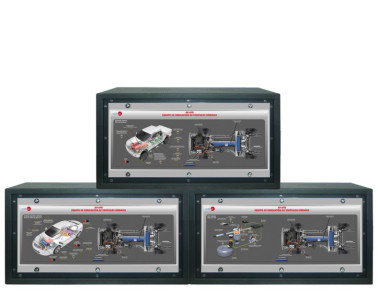Chez EDIBON, nous réaffirmons notre engagement en faveur du progrès des énergies propres et renouvelables, avec un accent particulier sur l'hydrogène vert en tant que moteur clé pour un avenir plus durable. Nous sommes fiers d'avoir été choisis pour équiper le premier laboratoire d'hydrogène vert...
La transition vers les véhicules électriques (VE) a pris une ampleur considérable à travers le monde, promettant une réduction des émissions de gaz à effet de serre et un chemin vers un avenir plus durable. Cependant, alors que la demande pour les VE s'accélère, le besoin de grandes quantités de...
Chez EDIBON, nous sommes engagés à renforcer les compétences comme pilier stratégique pour la compétitivité et le bien-être social de l'Union européenne. Une formation adéquate renforce non seulement l'économie, mais permet également aux individus de participer pleinement à la société et à la...
L'électricité est une forme d'énergie résultant du mouvement des électrons à travers un conducteur. Ce phénomène physique est essentiel au fonctionnement d'une grande variété de dispositifs et de systèmes que nous utilisons quotidiennement, des appareils électroménagers aux systèmes industriels...
Today we are at the beginning of a new era, named ‘Industrie 4.0’. Let´s explain a little further the concept "Industrie 4.0"!
On December 1st, the Repair Course for Small Laboratory Equipment, taught by our engineers at the EDIBON facilities, was completed, lasting 4 days.
The attendees, (Laboratory technicians and maintenance of the Rey Juan Carlos University of Madrid) had the opportunity to perform multiple...
 Préférences sur les cookies
Préférences sur les cookies





